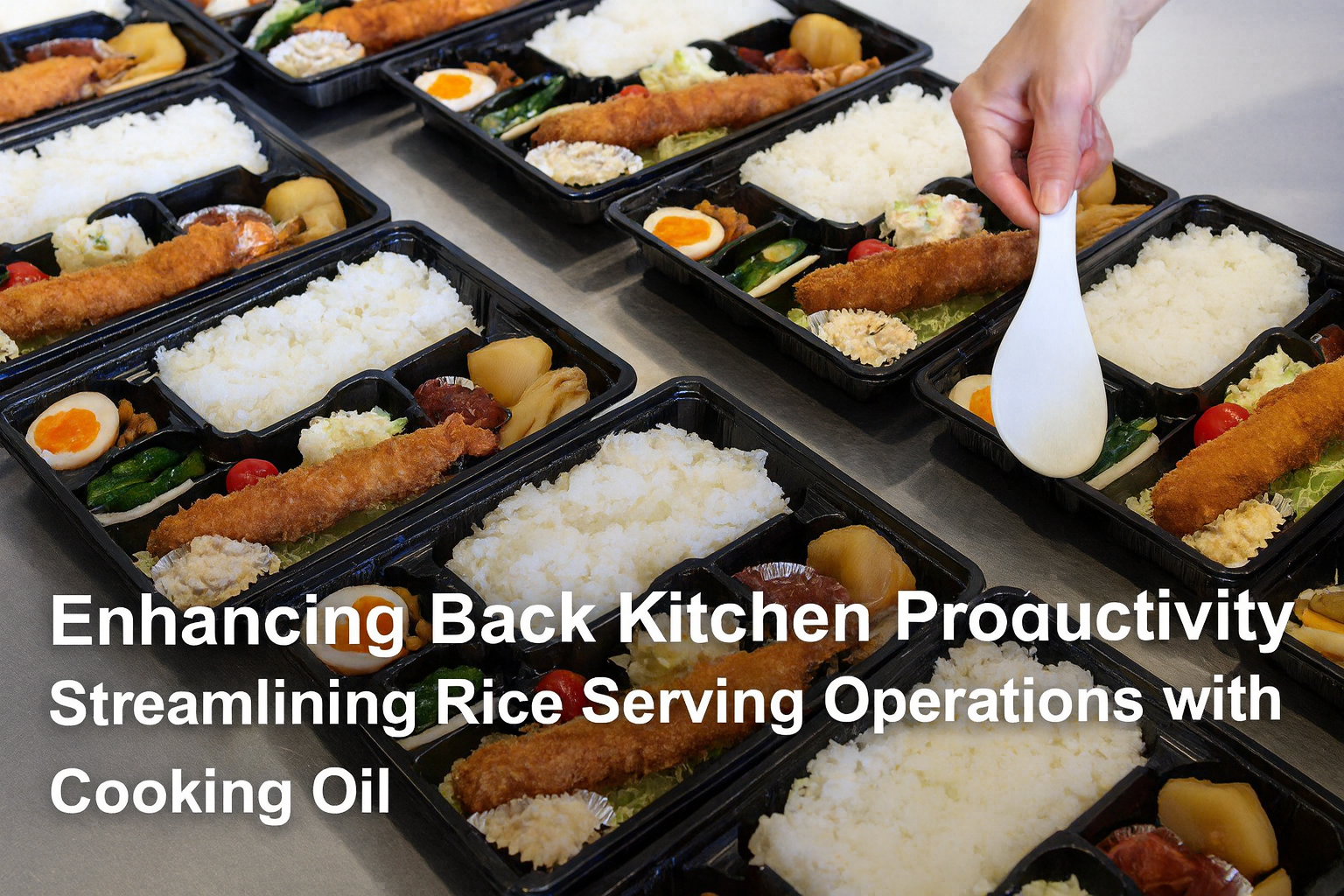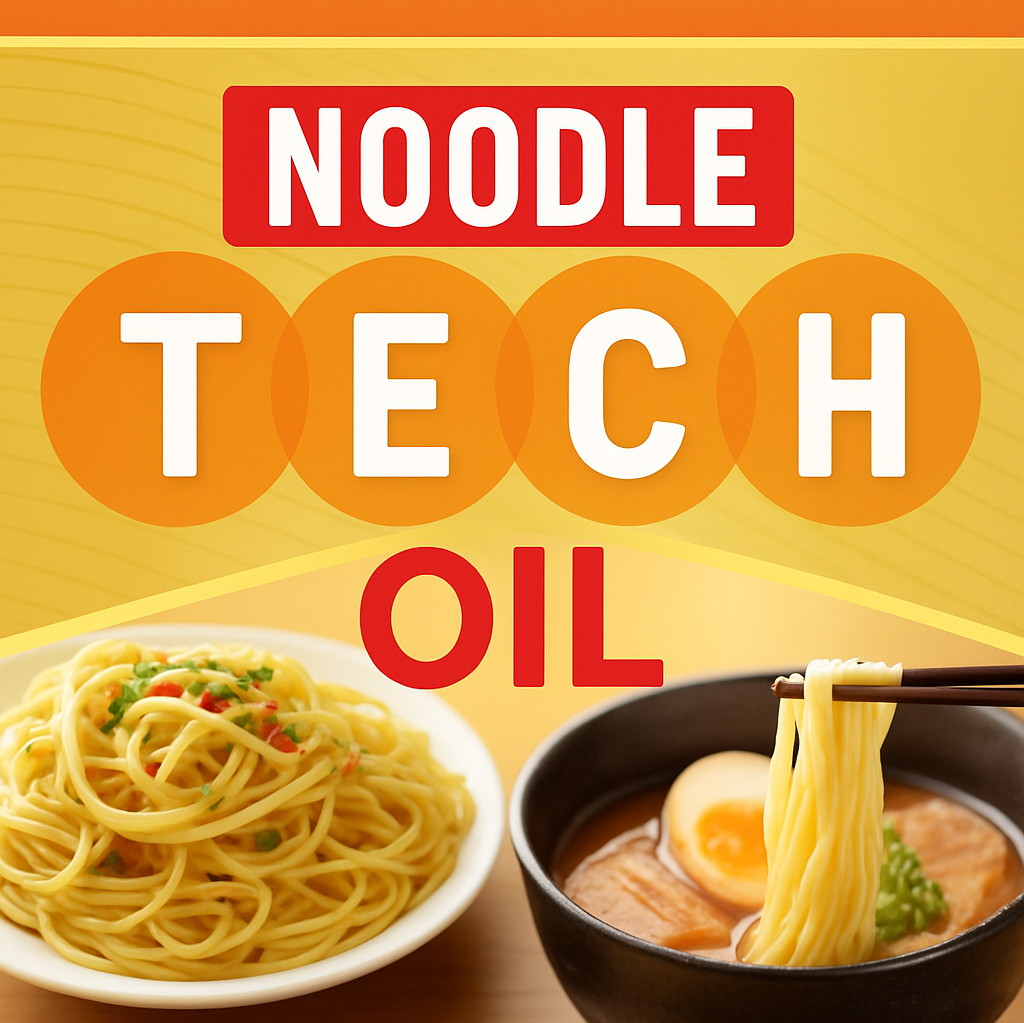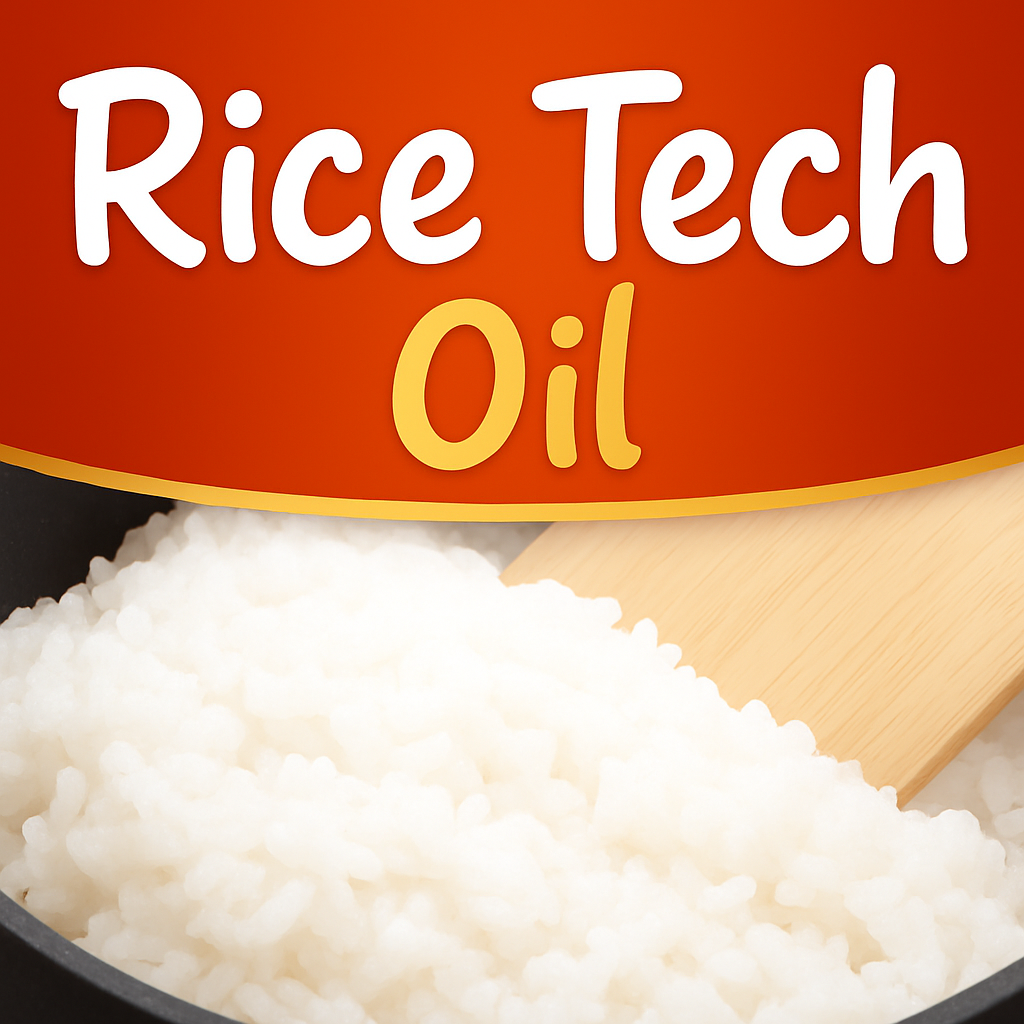In a world of increasingly diverse lifestyles, demand for the convenience of prepared foods continues to grow. At the same time, however, chronic labor shortages make it ever more difficult to secure enough staff to prepare these kinds of convenience foods, making a streamlined workflow an essential part of boosting productivity and maximizing sales.
In this article, we explore some key considerations for improving productivity in prepared food operations as well as some practical tips for achieving greater efficiency even with limited staff.
Contents
Current Trends in the Ready-Made Foods Industry
Market Expansion Driven by Lifestyle Changes
Rising numbers of seniors, single-person households, and dual-income families have further increased demand for convenient meal solutions that save cooking time and reduce food waste.
The Need for Greater Efficiency Amid Labor Shortages
Despite market growth, the prepared foods industry continues to face persistent labor shortages across all types of businesses. With Japan’s declining working-age population, relying on additional manpower to increase productivity is not a sustainable approach.
A more realistic solution is to streamline backroom operations. By thoroughly analyzing current practices and workloads, identifying any inefficiencies or inconsistencies, and implementing continuous improvements, businesses can enhance productivity without the need to take on additional staff.
Key Points for Operational Efficiency
Two important considerations for improving productivity in backroom operations are:
-
Increasing Labor Productivity
The goal is to enable each employee to produce more within the same time frame. Efficiency initiatives should not impose excessive burdens on employees, instead balancing reduced workload with improved productivity.-
Aligning Output with Peak Demand
Maximizing sales requires stocking shelves in line with peak shopping hours, and for prepared foods, this typically means the lunchtime and early evening hours. It is important to plan for improvements that ensure products are ready precisely when needed in order to reliably meet demand without overburdening staff.
Why Start with Lunchtime Operations?
Among the many tasks involved in ready-made food preparation, preparing lunchtime meals requires a particularly high workload and offers significant opportunities for efficiency gains.
-
Streamline common processes for exponential benefits
- Among the most popular of the many kinds of rice-based prepared meals are bento boxes. An important part of bento box preparation involves serving rice, a task common across multiple prepared food items. Streamlining this step yields benefits that extend to a wide range of items, making it a practical starting point for efficiency initiatives.
Streamlining Rice Serving Operations
Serving rice is often a labor-intensive task, as rice tends to clump and stick to utensils and gloves. What, then, can be done to streamline this process? Below we will discuss one practical idea that can allow you to serve rice faster and more efficiently.
Use Rice-Cooking Oil
Rice-cooking oil is a kind of cooking oil formulated specifically for cooking rice. When added before cooking, the oil coats each individual grain, preventing excessive sticking and making rice easier to separate and serve. It also helps retain moisture, keeping rice plump and fresh even when kept warm for extended periods of time. Unlike conventional oils, rice-cooking oil disperses evenly in water, ensuring consistent results for each and every grain of rice.

Demonstrated Efficiency Gains
Nisshin OilliO conducted a time trial comparing rice cooked with Nisshin Rice Tech Oil CH to rice cooked without oil. Serving 10 bowls of rice without oil took 2 minutes and 1 second, while rice cooked with Nisshin Rice Tech Oil CH took only 1 minute and 27 seconds—a time savings of 34 seconds.
Conclusion: Drive Productivity with Rice Tech Oil
For the prepared foods industry, improving productivity is a constant challenge. It is important to start with efficiency measures that address common processes such as rice serving, which have a broad impact and are easy to implement. Simply adding rice-cooking oil during preparation is an easy, straightforward way to streamline the preparation of all items which involve serving rice.
Rice Tech Oil not only makes serving quick and easy, but also provides additional benefits such as preventing the rice from drying out or losing its taste upon refrigeration. Its convenient dispensing container allows for simple, precise measurement—simply add two pumps per 1.5 kg of uncooked rice—making it ideal for use in the prepared foods kitchen.
Request a free sample below and experience the benefits of rice-cooking oil for yourself!




